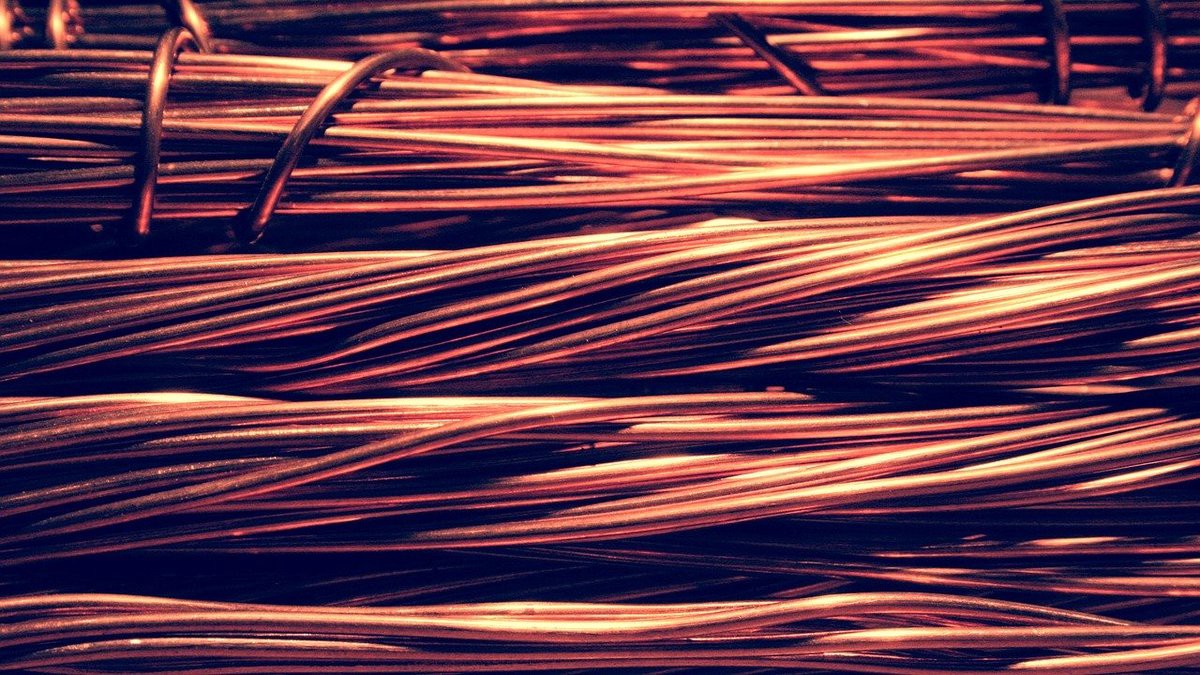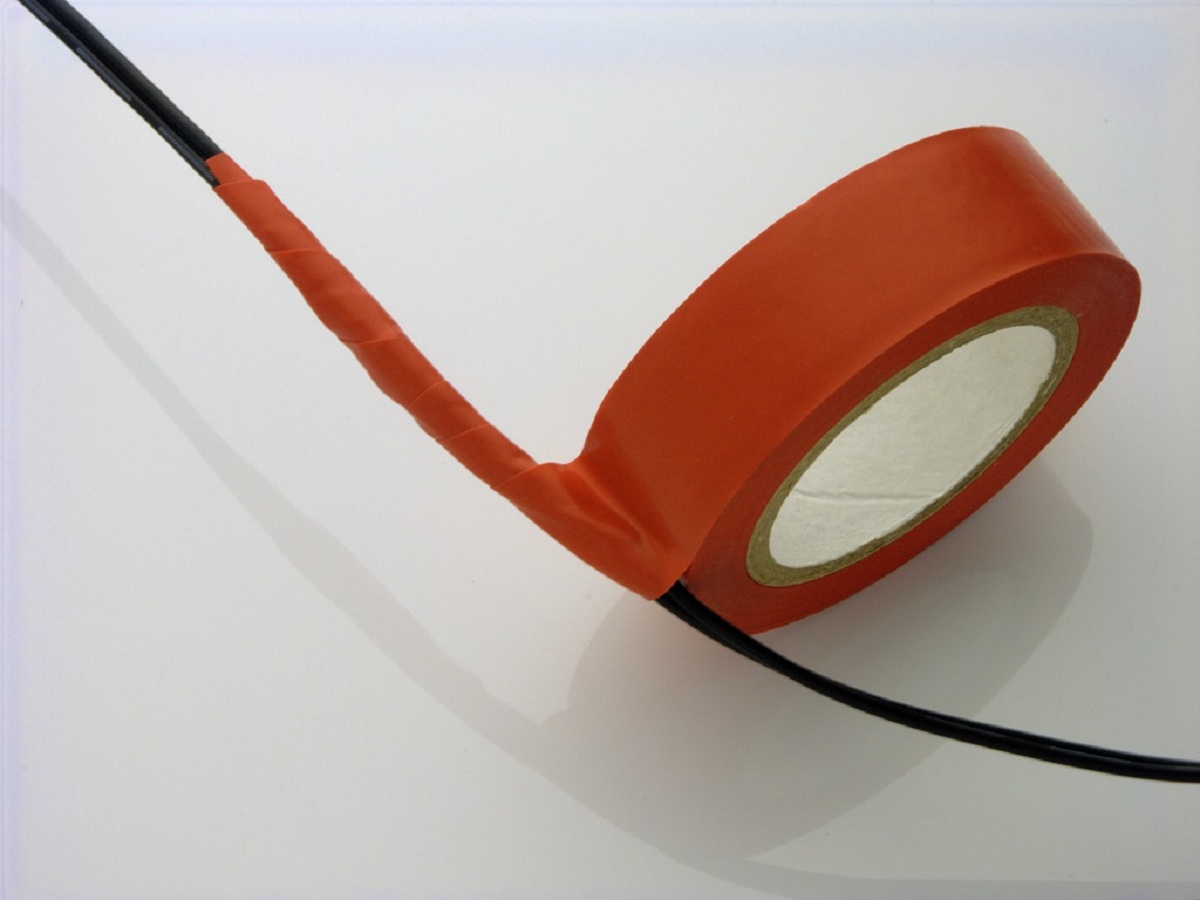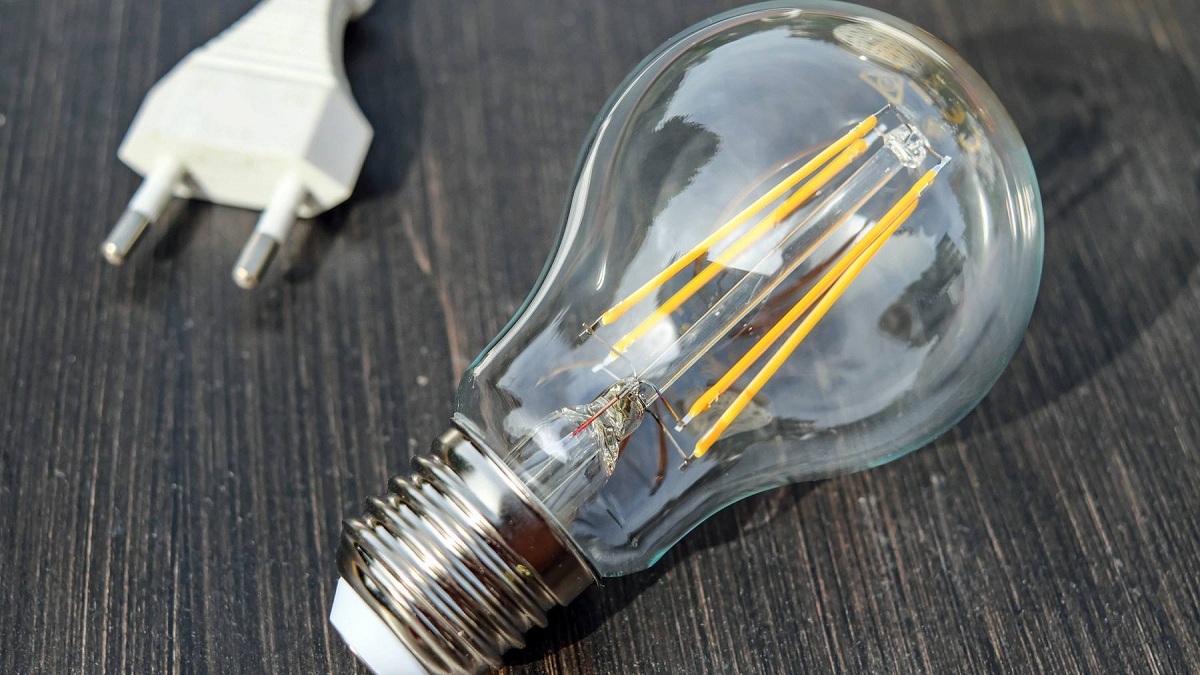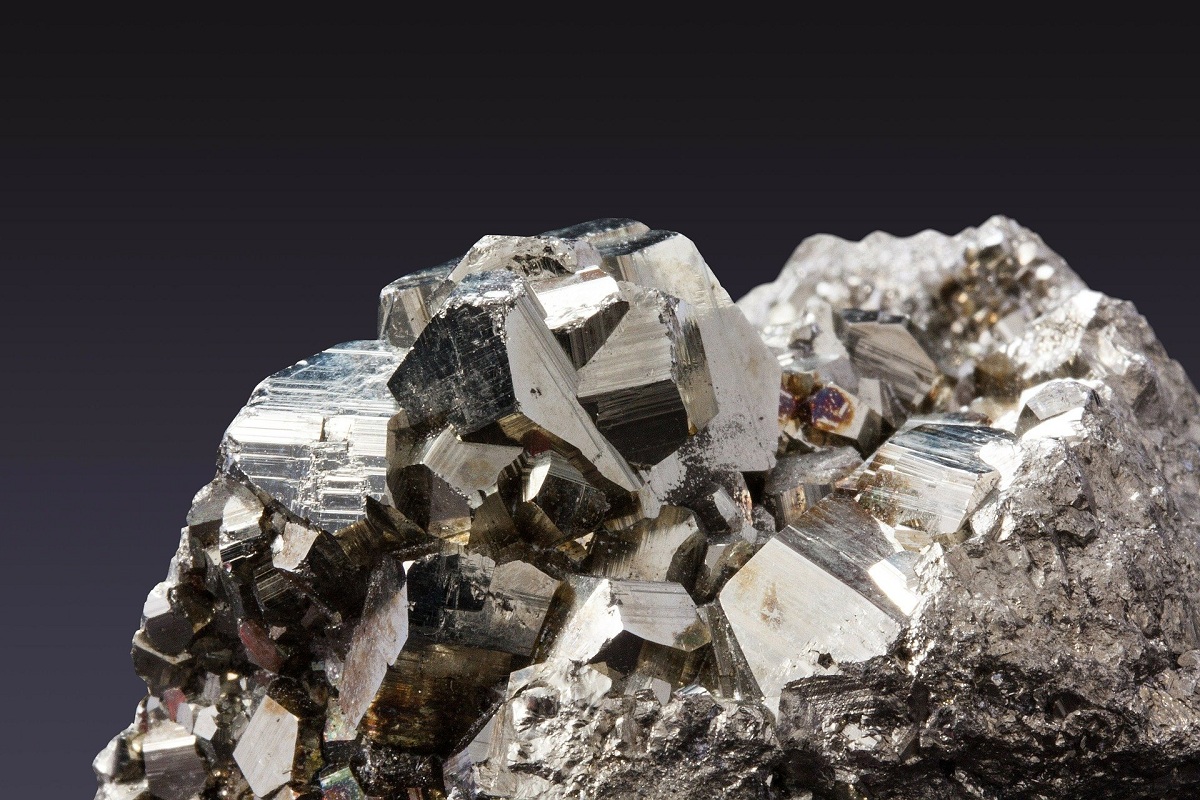
The conductive and insulating materials they are classified according to their behavior with respect to electricity. There are those that are capable of conducting electricity and others that, on the contrary, cannot do so. These materials have different characteristics and are used in different sectors of industry and the home.
In this article we are going to tell you everything you need to know about conductive and insulating materials and what each of them is for.
Conductive and insulating materials

Materials can be divided into two broad categories: conductors and insulators. It would be more correct to define them as good conductors and bad conductors, depending on whether each material facilitates or hinders driving. This division affects either thermal conductivity (ie heat transfer) or electrical conductivity (ie current flow).
Whether or not a substance conducts electricity depends on the ease with which electrons can pass through it. The protons do not move because, although they carry an electrical charge, they bond with other protons and neutrons in the nucleus. Valence electrons are like exoplanets orbiting stars. They are attracted enough to stay in place, but It doesn't always take a lot of energy to get them out of place.
Metals easily lose and gain electrons, so they rule the list of conductors. Organic molecules are mostly insulators, partly because they are held together by covalent bonds (common electrons), but also because hydrogen bonds help stabilize many molecules. Most materials are neither good conductors nor good insulators. They don't conduct electricity easily, but with enough energy, electrons move.
Some insulating materials are found in a pure state, but they behave or react if they are doped with small amounts of another element or if they contain impurities. For example, most ceramics are excellent insulators, but if you modify them, you can get superconductors. Pure water is an insulator, but dirty water is less conductive, while salt water with free-floating ions conducts well.
What is a conductive material?

Conductors are those materials that allow electrons to flow freely between particles. Objects made of conductive materials will allow charge transfer across the entire surface of the object. If a charge is transferred to an object at a certain location, it is rapidly distributed over the entire surface of the object.
The distribution of charge is the result of the movement of electrons. Conductive materials allow electrons to be transported from one particle to another because a charged object will always distribute its charge until the overall repulsive force between excess electrons is minimized. In this way, if a charged conductor comes into contact with another object, the conductor can even transfer its charge to that object.
Charge transfer between objects is more likely to occur if the second object is made of conductive material. Conductors allow charge transfer through the free movement of electrons.
What is a semiconductor material?

Among the conductive materials we find materials that have the same function but that can also act as insulators, although this depends on several factors. These factors are:
- electric field
- magnetic field
- presión
- incident radiation
- the temperature of your environment
The most widely used semiconductor materials are silicon, germanium and only recently has sulfur been used as a semiconductor material.
What is a superconducting material?
This material is fascinating because it has the inherent ability that the material should conduct electrical current, but under the right conditions, without resistance or loss of energy.
In general, the resistivity of metallic conductors decreases with decreasing temperature. When a critical temperature is reached, the resistance of the superconductor drops dramatically, but ensures that the energy inside continues to flow, albeit without power. Superconductivity is created.
It occurs in a wide variety of materials, including simple alloys like tin or aluminum that do not exhibit electrical resistance, thus preventing the material from entering its domain. Which is the Meissner effect, it allows the material to be repelled, keeping it afloat.
What is an insulating material
Unlike conductors, insulators are materials that prevent the free flow of electrons from atom to atom and from molecule to molecule. If the load is transferred to the isolator at a certain location, the excess load will remain at the original location of the load. Insulating particles do not allow free flow of electrons, so the charge is rarely evenly distributed over the surface of the insulating material.
Although insulators are not useful for charge transfer, play a vital role in electrostatic experiments and demonstrations. Conductive objects are usually mounted on insulating objects. This arrangement of the conductors above the insulator prevents the transfer of charge from the conductive object to its surroundings, avoiding accidents such as short circuits or electrocution. This arrangement allows us to manipulate the conductive object without touching it.
So we can say that the insulating material acts as a handle for the conductor on top of the mobile lab table. For example, if an aluminum soda can is used to load the experiments, the can should be mounted on top of the plastic cup. The glass acts as an insulator, preventing the soda can from leaking.
Examples of Conductive and Insulating Materials
Examples of conductive materials include the following:
- plata
- copper
- gold
- aluminum
- iron
- steel
- brass
- bronze
- mercury
- graphite
- seawater
- concrete
Examples of insulating materials include the following:
- vessels
- rubber
- oil
- asphalt
- fiberglass
- porcelain
- ceramic
- quartz
- cotton (dry)
- paper (dry)
- dry wood)
- the plastic
- a government-protected
- diamonds
- pure water
- eraser
The division of materials into the categories of conductors and insulators is something of an artificial division. It is more appropriate to place the material somewhere along the continuum.
It must be understood that not all conductive materials have the same conductivity, and not all insulators are equally resistant to the movement of electrons. Conductivity is analogous to the transparency of some materials to light.: Materials that easily "pass" light are called "transparent", while those that do not easily "pass" are called "opaque". However, not all transparent materials have the same optical conductivity. The same goes for electrical conductors, some are better than others.
Those with high conductivity, known as superconductors, are placed at one end and lower conductivity materials are placed at the other end. As you can see above, the metal will be placed near the most conductive end, while the glass will be placed at the other end of the continuum. The conductivity of metals can be a trillion trillion times that of glass.
Temperature also affects conductivity. As the temperature increases, the atoms and electrons gain energy. Some insulators, such as glass, are poor conductors when cold, but still good conductors when hot. Most metals are better conductors.. They allow cooling and worse conductors when hot. Some good conductors have been found in superconductors at very low temperatures.
I hope that with this information you can learn more about conductive and insulating materials.